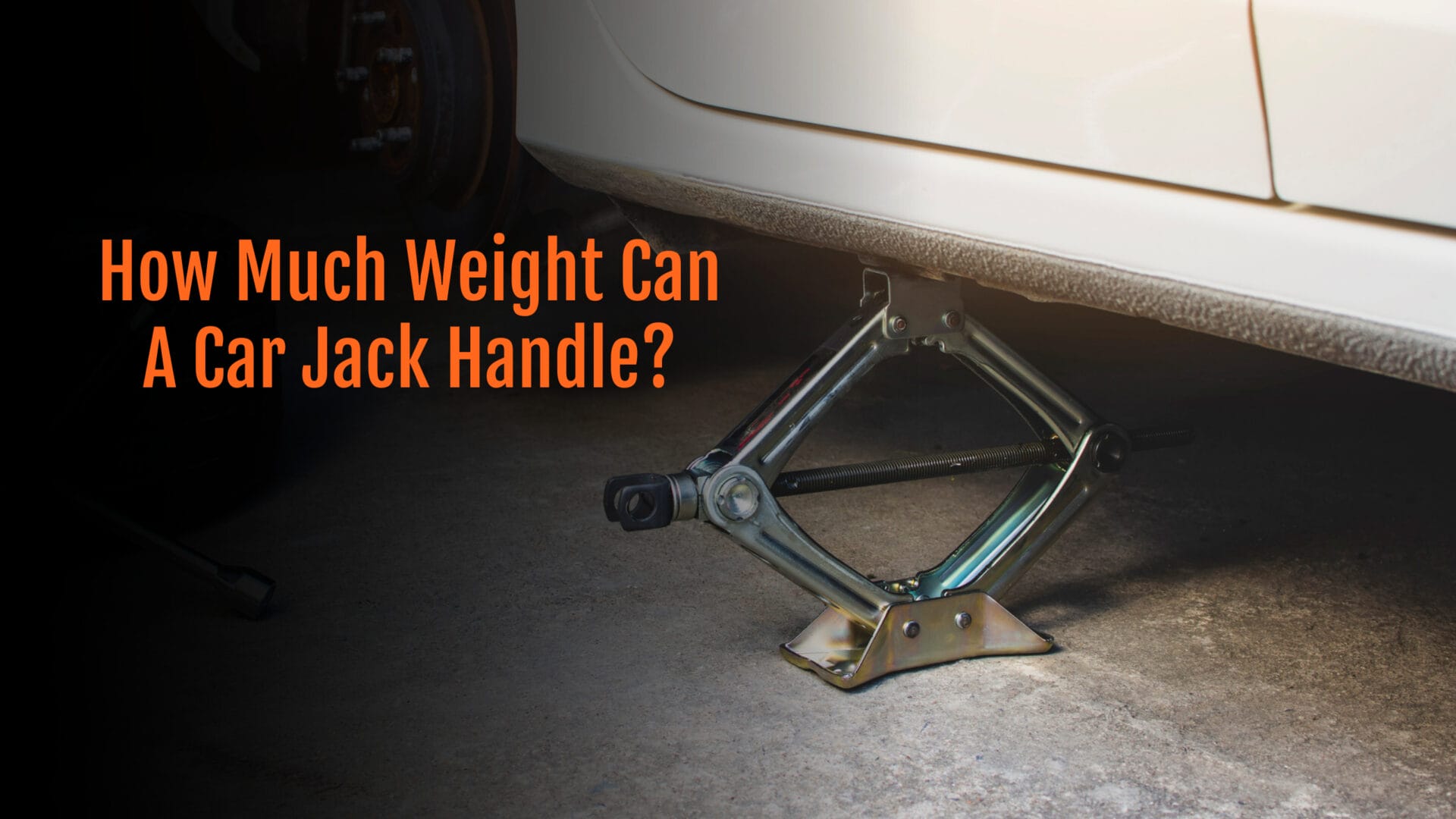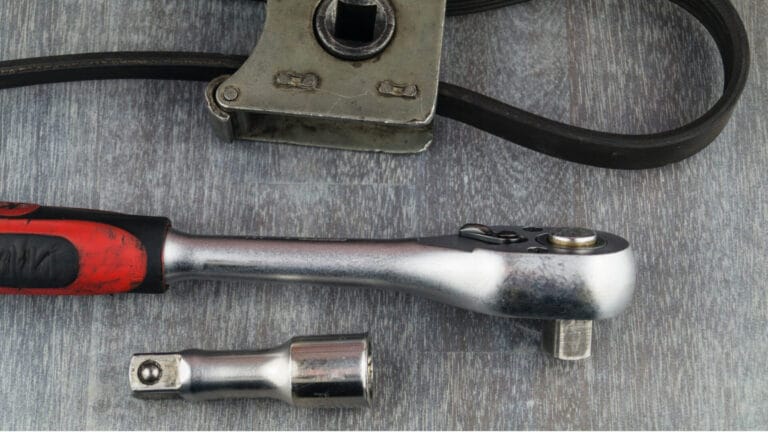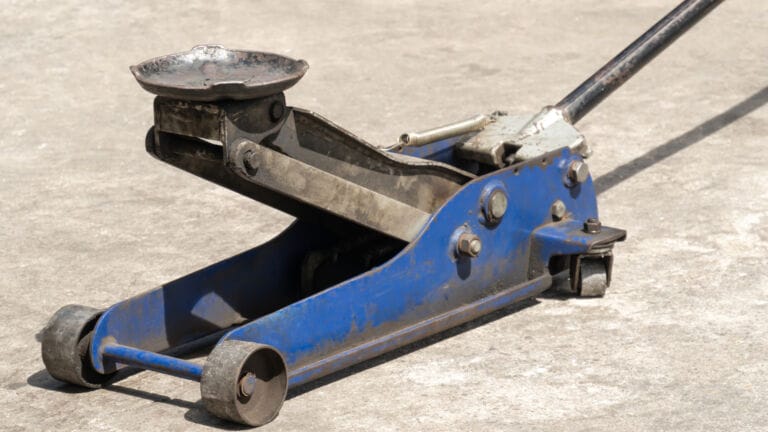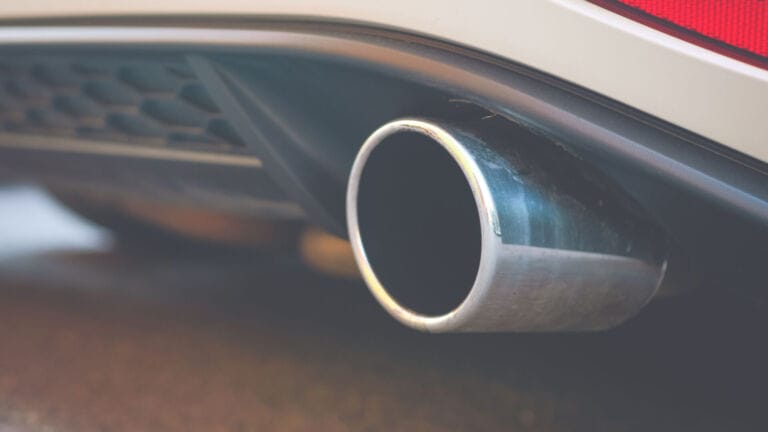How Long Can a Jack Hold a Car
On a sunny Sunday, you are excited to perform some DIY maintenance on your beloved car. With tools in hand and a mission to keep your ride in pristine condition, you confidently slide under your car. But have you ever wondered how long your trusty jack can really hold your car suspended in the air?
First and foremost, Jacks are designed for temporary car lifts for tire changes, inspecting the chassis, performing oil changes, or conducting brake or suspension work. It’s not designed to support the weight of a car indefinitely. So, jacks do have their limits.
The age-old question of how long a jack can hold a car.
If used correctly, a properly functioning jack can hold a car for a few hours, allowing you to perform short repairs or change a flat tire. Leaving a car on a jack for too long time can strain the jack, cause the car to shift, creating instability, and potentially lead to failure.
So, it is best to use a jack stand for additional stability and safety measures if you need an extended duration. Jack stands are designed to hold a vehicle for longer periods of time. And understanding their limitations isn’t merely an academic exercise—it’s about safeguarding your car, your well-being, and your passion.

Most Popular Types of Car Jacks
A car jack is a mechanical device designed to lift a vehicle off the ground, providing access to its underside for maintenance or repair tasks. But not all jacks are created equal. Each type of car jack has its own set of characteristics and best-suited scenarios. Let’s explore the various types of car jacks that can elevate your car maintenance game to new heights.
1. Scissor Jacks: Elevating Your Car with Precision
Scissor jacks are often recognized for their compact design and portability. Their operation involves a mechanical scissor mechanism, which uses a folding scissor-like structure. When you turn the handle, it forces the diagonal members of the scissor to close, pushing the saddle (the part that contacts the vehicle) upward. This upward movement lifts the car.
Scissor jacks are commonly provided by car manufacturers and are often found in your trunk, ready for use in roadside emergencies. They are ideal for quick tire changes or performing routine maintenance like oil changes.
2. Hydraulic Jacks: Power and Precision Combined
Hydraulic jacks are powerhouses in the world of car lifting. They utilize hydraulic fluid to generate immense lifting power, making them suitable for lifting heavier vehicles like trucks and SUVs. When you pump the jack’s handle, it moves a piston within a cylinder. The pressure from the hydraulic fluid causes the piston to move, and this motion is transferred to the lifting pad, raising the car.
This type of hf jack provides a smooth and controlled lifting motion, making them a popular choice among professional mechanics and car enthusiasts who require precision and efficiency.
3. Bottle Jacks: Compact and Mighty
Bottle jack is known for their impressive weight-bearing capacity. Shaped like a bottle, they use a screw mechanism. When you turn the handle, it rotates a screw that pushes against the lifting pad or saddle. As the screw turns, it gradually pushes the saddle upward, thereby lifting the vehicle.
These jacks are commonly used for tasks that require substantial lifting power, such as lifting the chassis of a car or truck. Bottle jacks are not as portable as scissors but are versatile for various applications.
4. Floor jack
A floor jack, or trolley jack, whatever you call it, is another popular and versatile garage tool for lifting vehicles. It operates on a hydraulic system consisting of a hydraulic cylinder containing hydraulic fluid and a pump mechanism.
When you pump the handle connected to a plunger, it forces hydraulic fluid from the reservoir into the cylinder, and its upward motion lifts the vehicle. The motion is smooth and controlled, making it suitable for various maintenance tasks. You can raise the vehicle to the desired height by continuing to pump the handle until you reach the desired height.
5. High lift jack (Farm Jack or Off-Road Jack)
High lift jacks, often referred to as farm jacks or off-road jacks, are commonly used in off-road and agricultural settings for lifting heavy vehicles and equipment in rugged environments. This type of jack has a lifting arm with a claw or tooth that grabs onto the attachment point and operates on a lever system.
To lift the vehicle, you manually operate the lever, moving it up and down. The lever pivots at the base of the jack, and the claw or tooth on the lifting arm moves along the attachment point. This motion gradually raises the vehicle.
6. Inflatable Jacks: Air-Powered Elevation
Inflatable jacks, often referred to as air jacks, rely on compressed air to lift your vehicle. These jacks are commonly used in professional racing pit stops due to their rapid lifting capabilities. They are less prevalent among DIY enthusiasts but can be a fascinating addition for those looking to explore unique car maintenance methods.
How Much Weight Can a Car Jack Handle?
The specific weight capacity of a car jack can vary depending on its size and design.

Most standard jacks have a capacity of around 2 ton – 3 ton, which should be more than enough to lift most passenger cars. The smallest jacks are designed to hold about one ton of weight and only work with mini-compact cars. However, if you drive a larger vehicle like an SUV or pick-up truck, you may need to invest in a heavy-duty, sturdier jack with a higher load capacity. This size car jack can hold up to about six tons.
It’s always advisable to check the weight capacity of your car jack in the manufacturer’s guide and use the jack within its recommended weight limit to ensure safety.
What are the factors that determine how long a jack can hold up a car?
How long a jack can hold up a car depends on a few factors such as car weight, jack type, capacity, quality, specific use, etc. Understanding these factors is essential to ensure the safe use of a jack during car maintenance tasks.
Type of Jack
The type of jack you are using can also affect the duration of a jack holding a car. Each type of jack is designed for its specific uses. For example, a hydraulic jack designed for repairing tasks can hold a car for a longer time than a scissor jack designed for a simple tire change.
Quality Of Jack
Quality matters. When you use high-quality jacks, they are sure to tend to be more reliable than cheap-quality jacks. They will have more sturdy components and are made with fine craftsmanship that will ensure it doesn’t leak or collapse while holding your car.
Weight Capacity of the Jack
The weight capacity of the jack itself is the most important factor. Every jack has a specified weight capacity, which is indicated by the manufacturer. Exceeding this weight limit is dangerous and can lead to jack failure. So, it’s essential always to choose one that can safely support the weight of your vehicle.
Positioning
The position of the jacking point on the vehicle also matters – these are typically designated areas where the jack should be placed for optimal support.
Surface Condition
You may be surprised, but the stability and condition of the surface on which the jack is placed play a role. A level and solid surface will provide better support than an uneven or soft one for a longer time.
Environmental Conditions
Extreme weather conditions, such as high temperatures, can affect the stability and performance of a jack. Extreme cold can also impact the hydraulic system in hydraulic jacks. Using the jack in a controlled environment is advisable.
Maintenance Of Jack
Regular inspection and maintenance ensure the jack remains safe and functional. If you don’t take proper care of the jack, it can corrode over time and face wear & tear or damage that can compromise its integrity.
Leaving a Car on a Jack: Safety Tips
As we know, a jack is designed to lift a car for spare tire changing or simple repairing tasks. It’s not a car rack that will hold the car for a long period of time. However, still, there is a certain period of time ( a few hours) when a jack can hold a car. But it’s risky. You have to always keep in mind that thousands of pounds of metals (entire vehicle) are waiting to fall back. Just a jack is in the middle; it collapses, and boom!

So, it’s always a good idea to take some safety precautions to prevent your jack from slipping or your car from rolling off the jack.
- Always engage the parking brake before jacking up the car to prevent any unintended movement. Place the jack on stable level ground, use a concrete block or wood block behind the rear wheel, and set it at the appropriate height.
- Whether you opt for a floor jack or a hydraulic jack, make sure it is rated for the weight of your vehicle. Using a jack that isn’t designed to support the car’s weight can lead to equipment failure.
- Ensure your car is securely jacked up with a jack lift point before starting any maintenance or auto repair work. Don’t forget to give the car a gentle shake to ensure it’s stable and secure.
- Just when you realize the car repair task will take longer than usual, immediately use a jack stand in conjunction with the jack. Jack alone can’t hold the car for a long time. This will ensure that the car remains steady while you work underneath it.
- Avoid using a damaged or unused jack that is not properly maintained. Make sure the jack is in good working condition before use.
If possible, avoid leaving the vehicle on the jack for an extended period. Perform your maintenance tasks efficiently and lower the vehicle as soon as they are completed.
Safety Enhancement Under Lifted Vehicles
Safety enhancement under lifted vehicles is an important topic that deserves our attention to prevent accidents and injuries.
- Find a location that is well-marked and people are aware that you are working with a raised vehicle.
- Organize your tasks and tools in advance. This minimizes the time spent under the vehicle and reduces the risk of accidents.
- Familiarize yourself with the specific jacking and lifting jack point of your vehicle. Consult the vehicle’s manual for guidance.
- Periodically recheck the stability of the vehicle and the jack stand during the maintenance task to ensure everything remains secure.
- Ensure there is enough space and adequate lighting under the vehicle to work comfortably. Avoid putting yourself in tight or uncomfortable positions.
- Remain focused and alert at all times when working under a vehicle. Avoid distractions and maintain situational awareness.
- Keep safety equipment nearby, such as a fire extinguisher and a first-aid kit. These tools can be invaluable in case of unexpected situations.
To keep everyone safe, it’s recommended to invest in a set of sturdy jack stands specifically designed for lifted vehicles. These stands provide extra stability and support, reducing the risk of accidents while you’re working underneath your pride and joy.
FAQ
What are some alternatives to using a jack to lift a car?
Car ramps, hydraulic automotive lifts, axle stands, kwik lifts, etc., are the safe alternative tools you can use for lifting the car. As an individual or for doing little maintenance tasks, 2 ton jack or mini car ramps are the best investable options. Others are better fit for car services.
What Happens if You Leave Your Car on a Jack Too Long?
Leaving a car on a jack for an extended period can lead to the jack failing, causing the car to fall. It can also damage suspension components, strain the car’s frame, and pose serious safety risks. Always follow recommended time limits and use jack stands for extended jacking.
Can a Jack Hold a Car for Days?
No, a jack can’t hold a car for days. Jack is designed to lift a car, not for holding; it can lift a car for a few hours, not even a day, leaving the thought of leaving it for days.
Verdict
In closing, car jacks are invaluable tools for car enthusiasts, so responsible and safe use of this tool is essential for anyone engaged in vehicle maintenance.
This article was dedicated to unraveling the mystery of how long a jack can safely hold your car. While jacks are designed to lift your vehicle, it’s important to remember that they have their limits. We have explored the types of car jacks, the factors influencing their weight capacity, proper use, etc, to prevent accidents and ensure efficient work.
Always prioritize safety, adhere to the new car manufacturer’s guidelines, and use jack stands to ensure safety and peace of mind. And don’t forget to apply the knowledge you’ve gained from this guide. When in doubt, seek advice from professionals or share your inquiries with our community of car enthusiasts.






